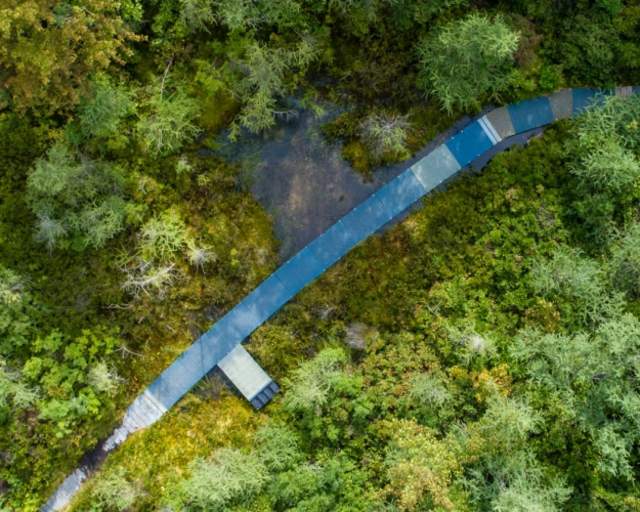Indiana Dunes Flower Quest—JUNE
The warmer weather of June brings a whole new assortment of wonderful wildflowers to the Indiana Dunes! Flowers are blooming in the wetlands from Cowles Bog to Pinhook Bog, so check out our “June Hotspots” below, and then head outdoors to see how many of these treasures you can discover!
Visit the Indiana Dunes Flower Quest homepage for important information, and then grab your camera and hit the trails! Be sure to share pictures of the treasures you spy at #DunesFlowerQuest.
![]()
Be sure to tag @indianadunes and use #dunesflowerquest.
Need some help identifying your discoveries? Try identify.plantnet.org.
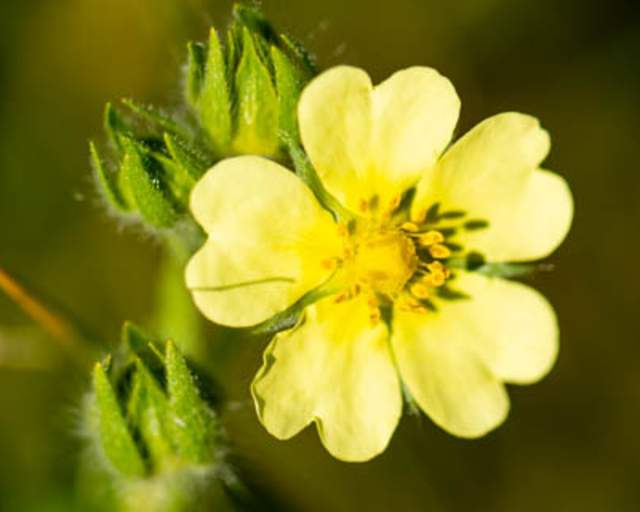
Cinquefoil
Did You Know?:
Although these perennials are common, you will have to look carefully for them. They grow less than a foot off the ground, and each plant produces only a single yellow flower with five petals. Each flower is less than .5 an inch across! Luckily, its blooming season lasts about a month, so you have some time. Oh, and the name? It means “five-leaved,” and refers not to the petals, but to the five “leaflets” commonly found on its compound leaves!
Reference the Quest Map to help guide you to this flower.
Dog Fennel
Did You Know?:
This lovely native is part of the aster family, which includes everything from herbs to vines. It has small white flowers that often bloom in tight clusters that make several appear to be one larger flower! Sunflowers are part of the aster family, and like its cousins, Dog Fennel can grow up to six feet tall. And why is it called Dog Fennel? It’s been said that when crushed it smells like fennel–an odor that dogs love!
Reference the Quest Map to help guide you to this flower.
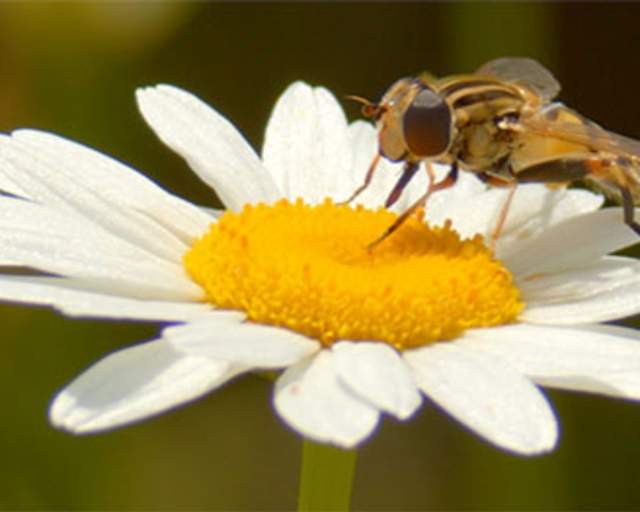
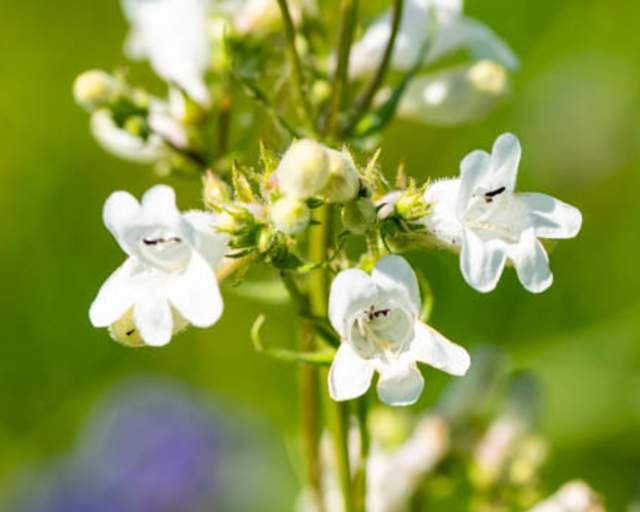
Foxglove Beardtongue
Did You Know?:
The beautiful plant can grow up to five feet tall, and at its top has several clusters of white, tube-shaped flowers. And what about its name? Well, some say the flowers look like the fingers on a glove, and the stamen at the center has several small hairs on it—so, it has a “beardtongue”!
Reference the Quest Map to help guide you to this flower.
Hoary Puccoon
Did You Know?:
You’ll know you’ve spotted a hoary puccoon when you see the bright yellow and orange flowers growing close to the ground, and spy its hairy petals and stems! The hair is white, which is why this particular plant is called the “hoary” (greyish white) puccoon compared with its cousin the “hairy puccoon.”
Reference the Quest Map to help guide you to this flower.
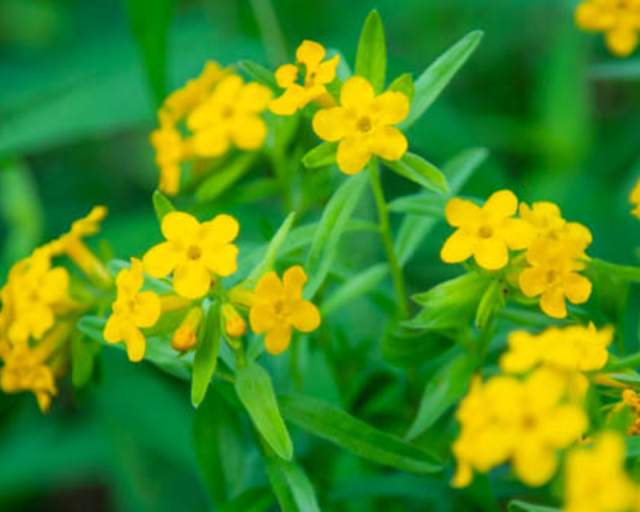
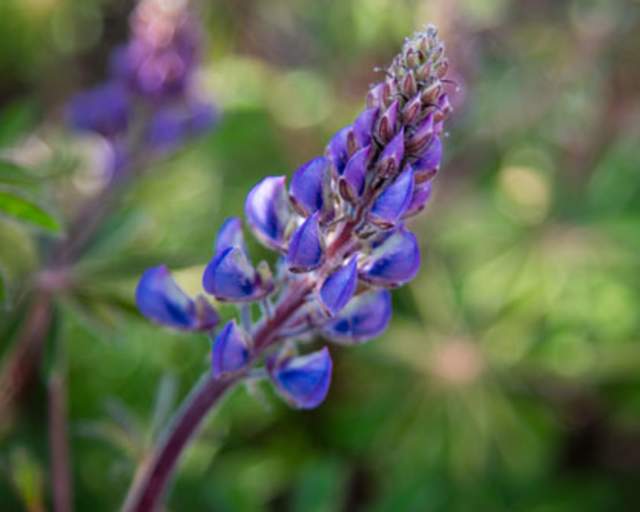
Lupine
Did You Know?:
This lovely northwest Indiana native features clusters of flowers along its hairy stem that can vary in color from purple to white. It is a very important plant, as it is the food source for the endangered Karner blue butterfly. Legend has it that lupines were commonly found where wolves roamed.
Reference the Quest Map to help guide you to this flower.
Nightshade
Did You Know?:
These plants have drooping (nodding) flowers with white petals and bright yellow anthers (that’s the part that has the pollen!) in the center. The flowers can bloom off and on for up to two months, before they are replaced by dark, shiny berries–shinier than its infamous cousin, the “Deadly Nightshade.” Oh, and you probably don’t need to be told, but the berries can be toxic!
Reference the Quest Map to help guide you to this flower.
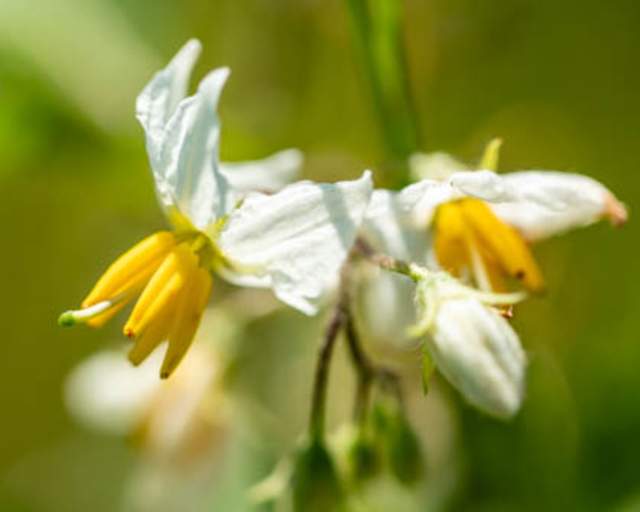
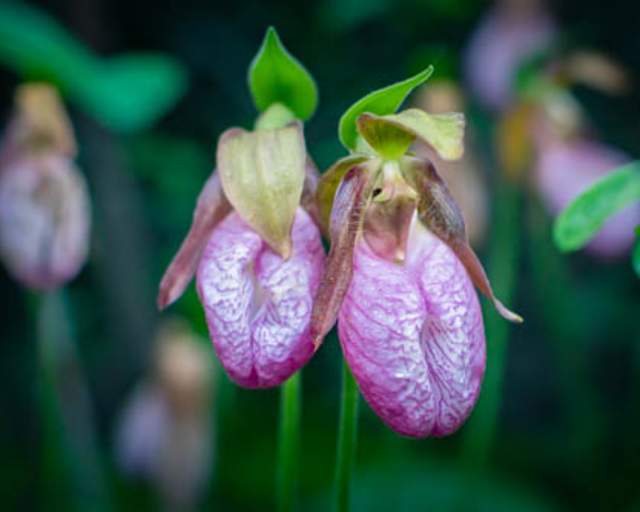
Pink Ladyslippers
Did You Know?:
This showstopper is part of the orchid family, and gets its name from its distinctive shape. In addition to the shape of its flowers, these plants stand out because of their leafless stems. The pink ladyslipper is rare in Indiana, and only grows in the northern part of the state. And as if we needed another reason to love bees, the pink ladyslipper depends on these hardworking insects for pollination!
IMPORTANT: Pink Ladyslippers can only be seen at Pinhook Bog, which is only accessible via ranger-led open houses on summer weekends.
Reference the Quest Map to help guide you to this flower.
Prickly Pear Cactus
Did You Know?:
We tend to think of cacti only growing in the desert, but the tough little prickly pear cactus can be found across the lower 48 states! It likes sandy soil, and that makes the Indiana Dunes the perfect place to find it! You’ll recognize this famous plant: just look for the prickly spines and the bright yellow flower blooming on top.
Reference the Quest Map to help guide you to this flower.
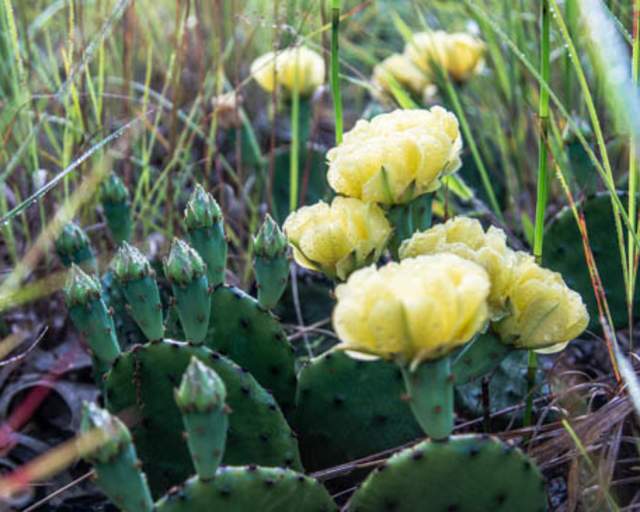
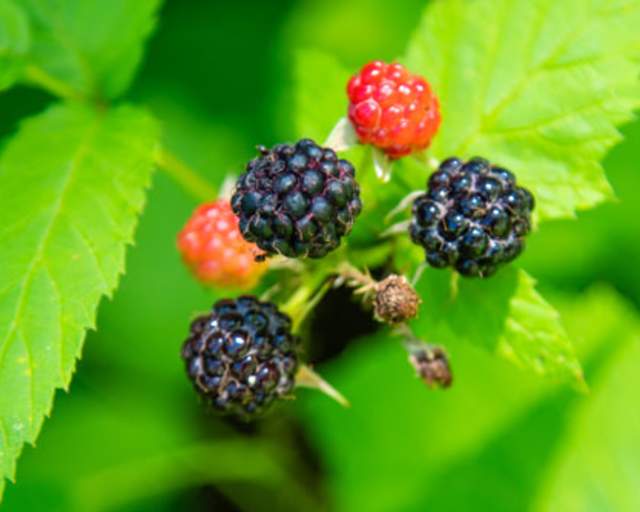
Raspberry
Did You Know?:
Raspberries grow in shrubs and have bright purple flowers that smell wonderful! These eventually give way to berries that birds and animals love, but don’t let the name fool you: these raspberries are different from those grown for people! And if you find one, please be careful: these plants are classified as threatened in the state of Indiana.
Reference the Quest Map to help guide you to this flower.
Spiderwort
Did You Know?:
These beautiful flowers can be light blue or light purple. These plants neither attract or repel spiders! They’re called “spiderwort” because their “bracts,” (small leaflike structures growing beneath the flower) were said to resemble spider legs. You will have to keep a sharp eye out for these flowers: while they can bloom for several months, the flowers may open for only a single day. And that’s not all: the petals open in the morning and close in the afternoon!
Reference the Quest Map to help guide you to this flower.
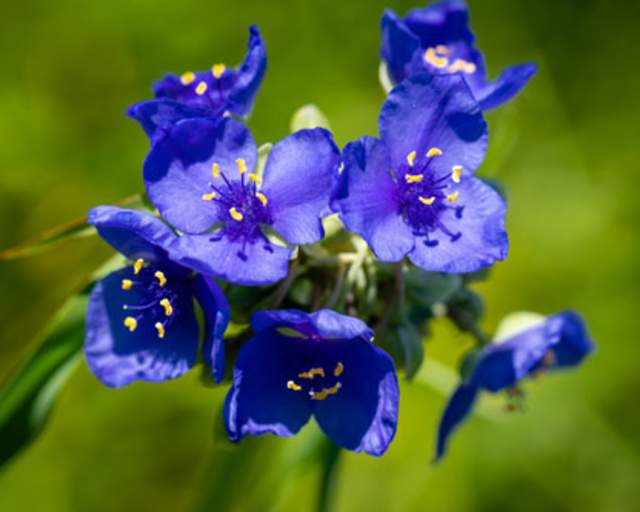

Sundew
Did You Know?:
The amazing sundew is a carnivorous plant that thrives in places like Pinhook Bog. When it blooms, it has tiny white or pinkish flowers that bloom at the top of slender stems delicately rising above the star-shaped leaves at the base. The “dew” on these leaves is actually a sticky substance that traps small insects, holding them in place until another part of the plant, a digestive gland, slowly bends on top of the prey and devours it!
IMPORTANT: Sundew can only be seen at Pinhook Bog, which is only accessible via ranger-led open houses on summer weekends.
Reference the Quest Map to help guide you to this flower.
Tickseed
Did You Know?:
These lovely members of the aster family have bright yellow petals surrounding a dark red center. Because of its name, you might think these plants are beloved by the dangerous pest, but in fact the plant is called “tickseed,” because its seeds resemble ticks!
Reference the Quest Map to help guide you to this flower.

A Note on Invasive Wildflowers
The Indiana Dunes are home to so many beautiful wildflowers. Unfortunately, not all of them belong here. Over the years, non-native species have taken root in the region, crowding out native species that are crucial for supporting fragile ecosystems. The parks, non-profit organizations, and volunteers work diligently to restore these areas.
If you spot an invasive species, please leave it be: it takes careful oversight to remove these plants without damaging the area, and poison ivy, ticks, and sometimes even toxins from the plants themselves can be a hazard.
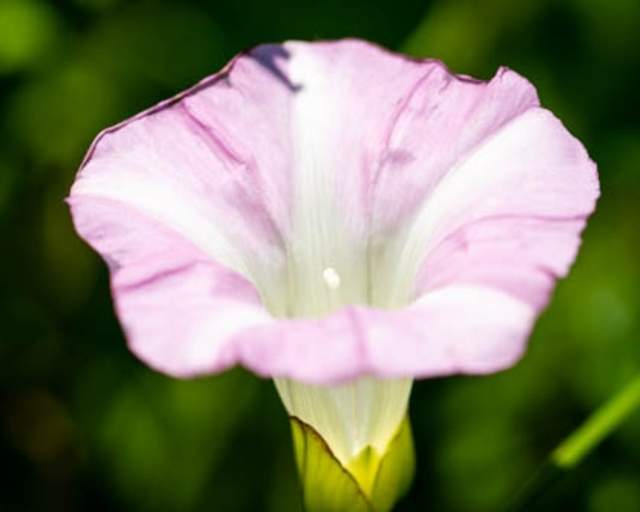
Bindweed
This vine has an attractive pinkish-white, funnel-shaped flower. They can last as little as a day, though, so don’t dawdle! Bindweed is non-native invasive with a hardy root system, which serves it well since its deep flowers can make it difficult for pollinators to reach, in spite of the flowers’ fetching aroma. Bindweed can spread quickly, wrapping itself around trees and entangling other plants–hence its name! And did you know that all bindweeds twist counter-clockwise? Take a look!
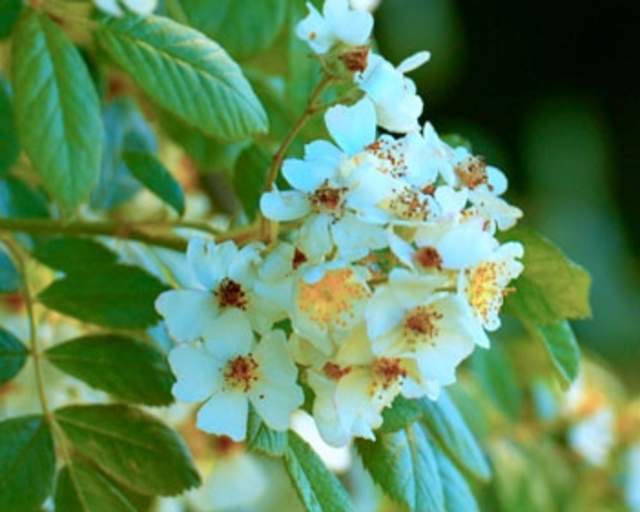
Japanese Rose
Imported in the 18th century, this shrub has numerous beautiful yellow flowers. But don’t let its appearance deceive you: because of its dense structure, it can crowd out other native plants and is considered invasive.

Phragmites
Non-native Phragmites, also known as common reed, is a perennial, aggressive wetland grass that outcompetes native plants and displaces native animals. Because of its height and its distinctive, fluffy seedheads, Phragmites is easy to spot, even by traveling motorists.
More Things to See & Do
Outdoor Adventures
Shaped by nature, made for adventure. In the Indiana Dunes, it’s all about fun times and tan lines—from…
Dunes Deals
Shake off the sand south of the Indiana Dunes! Dig up real savings with Indiana Dunes Deals and make the most of…
Indiana Dunes Shop
Don’t just experience the Indiana Dunes; take it home with you. Find your new favorite T-shirt, hoodie, or…
Pet Friendly
There’s a reason Indiana Dunes National Park was named the #1 pet-friendly attraction in the state of Indiana…
Arts & Entertainment
It’s not all sand-fringed lakes and epic sunsets. Here, you’ll find a vibrant arts scene stoked by a…
Volunteer
Be the Change — Volunteer! Get more involved with the Indiana Dunes!
The story of the monarch butterfly is one of incredible transformation and epic travel. We are also part of this adventure, and each of us can play a key role in the survival of the monarch…
Plant Your Own Monarch Garden
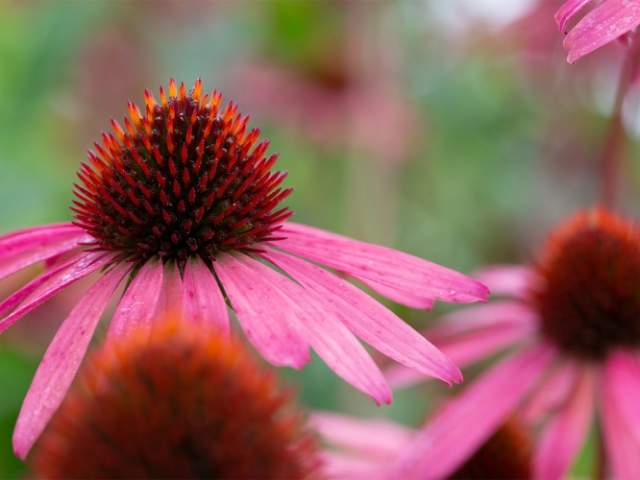

15% Off
Applies to native plants and monarch butterfly plants. Valid on regularly priced plants, shrubs, and trees only. Show this coupon at the register.
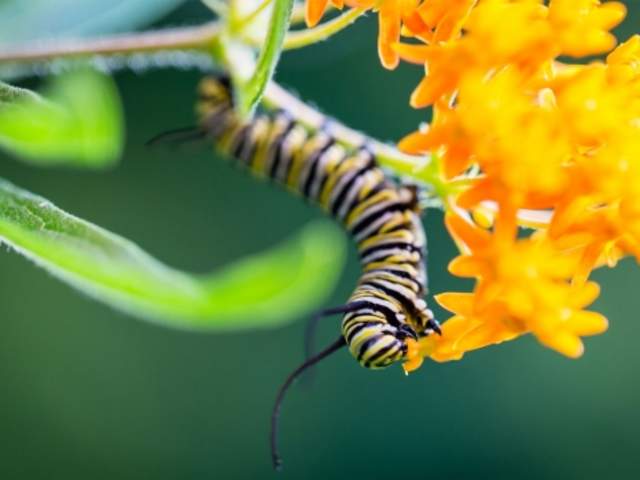
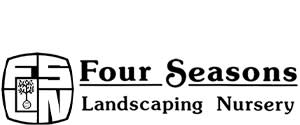
15% Off
Applies to native plants and monarch butterfly plants. Valid on regularly priced plants, shrubs, and trees only. Show this coupon at the register.
Book a Place to Stay
Bed & Breakfasts
Feel like family with intimate accommodations that range from nature-inspired retreats in the woods…
Hotels & Inns
A convenient stay located near downtown? What about a country retreat heaped in Old World charm? Or…
Tales from the Dunes
Indiana Dunes Blog
Indiana Dunes National Park is 5th in the nation for biodiversity. That’s more than Yellowstone, Grand Teton, and the Everglades. Read more about monarchs and other diverse flora and fauna.
Spotlight on Wetlands and the Virginia Rail
- 5 minute read
Spring has sprung and that means our Kankakee Sands wetlands are teeming with activity. The Kankakee Sands Bird…
Why We Should Try to Appreciate Spiders
- 5 minute read
Did you know that the first week of April is National Be Kind to Spiders Week? To be kind to spiders (that is, to…
Interesting Facts About the Indiana Dunes
- 6 minute read
There's more to the Indiana Dunes than warm sand, blue water, and miles of hiking trails. For example, as of…
Walking in a Winter Wonderland
- 5 minute read
It’s December, and I find myself singing along to all the holiday songs on the radio and playing in the…
Hitchhiking Seeds: How Plants Travel
- 4 minute read
It’s the fall seed harvest time of the year. Most days, after spending time in the prairie harvesting native…







